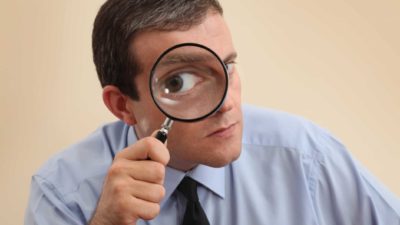It's well known that the coronavirus pandemic has not been good news for the Australian economy. As a result, we are headed for our first official economic recession in almost 3 decades.
But employment data released by the Australian Bureau of Statistics (ABS) this morning covering the month of July paints a somewhat optimistic picture of where the economy is headed from here.
Firstly, employment numbers increased by 114,700 people between June and July, which accompanied a 1.3% bump in 'hours worked'. This increase was driven by 71,200 part-time workers and 43,500 full-time workers.
Unfortunately, this wasn't enough to offset the official unemployment rate rising slightly to 7.5% (seasonally adjusted). The official unemployment figure only includes those persons aged 15–64 who are unemployed and actively seeking work, measured by the 'participation rate'. This rate increased by 0.6% in July, which would have helped to push up the unemployment rate in turn. Female participation increased by 1.1% to 73.1% in July, whereas male participation was also up 0.6% to 82%.
According to Bjorn Jarvis, head of Labour Statistics at the ABS:
The number of unemployed people rose by nearly 16,000 between June and July. For the first time there were more than one million people out of work, available to work and actively looking for work… The July figures indicate that employment had recovered by 343,000 people and hours worked had also recovered 5.5 per cent since May. Employment remained over half a million people lower than seen in March, while hours worked remained 5.5 per cent lower.
Pleasingly, the underemployment rate (those who are employed but want to work more) decreased by 0.5% to 11.2%. But this is still 2.8% higher than in July 2019, as you might expect.
Job numbers: state by state
Over the month of July, most states saw an increase in employment. Check out the table below for the official figures:
| State/Territory | Unemployment Rate (%) – June 2020 | Unemployment Rate – July 2020 |
| New South Wales | 6.9% | 7.2% |
| Victoria | 7.5% | 6.8% |
| Queensland | 7.7% | 8.8% |
| South Australia | 8.8% | 7.9% |
| Western Australia | 8.7% | 8.3% |
| Tasmania | 6.9% | 6% |
| Australian Capital Territory | 5.1% | 7.5% |
| Northern Territory | 5.7% | 4.6% |
| National | 7.4% | 7.5% |
Table: Author's Own | Data: Australian Bureau of Statistics
As you can see, unemployment rates decreased in most states and territories in July. Tasmania and South Australia saw the largest falls. However, we did see increases in the Northern Territory, Queensland and New South Wales.
However, also consider what AMP Capital's senior economist Diana Mousina had to say on the numbers as well:
The effective unemployment rate is still high at 10.2% but it did fall from 11.2% in the prior month and is down on its peak of 14.9% from April. The "effective" unemployment rate is a better gauge to the level of unemployment in Australia as this includes those have left the labour force altogether and those who are working zero hours due to COVID-19 (but are still considered 'employed').
The economy is still not out of the woods yet, I'm afraid. Fingers crossed for the August numbers!









